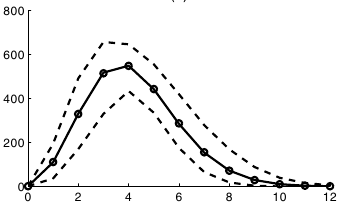A complementary view on the growth of directory trees
Markus Michael Geipel, Claudio Juan Tessone and Frank Schweitzer
The European Physical Journal B (2009)
Research: Software Engineering
Abstract
Trees are a special sub-class of networks with unique properties, such as the level distribution which has often been overlooked.We analyse a general tree growth model proposed by Klemm et al. [Phys. Rev. Lett. 95, 128701 (2005)] to explain the growth of user-generated directory structures in computers. The model has a single parameter q which interpolates between preferential attachment and random growth. Our analysis results in three contributions: first, we propose a more efficient estimation method for q based on the degree distribution, which is one specific representation of the model. Next, we introduce the concept of a level distribution and analytically solve the model for this representation. This allows for an alternative and independent measure of q.We argue that, to capture real growth processes, the q estimations from the degree and the level distributions should coincide. Thus, we finally apply both representations to validate the model with synthetically generated tree structures, as well as with collected data of user directories. In the case of real directory structures, we show that q measured from the level distribution are incompatible with q measured from the degree distribution. In contrast to this, we find perfect agreement in the case of simulated data. Thus, we conclude that the model is an incomplete description of the growth of real directory structures as it fails to reproduce the level distribution. This insight can be generalised to point out the importance of the level distribution for modeling tree growth.

